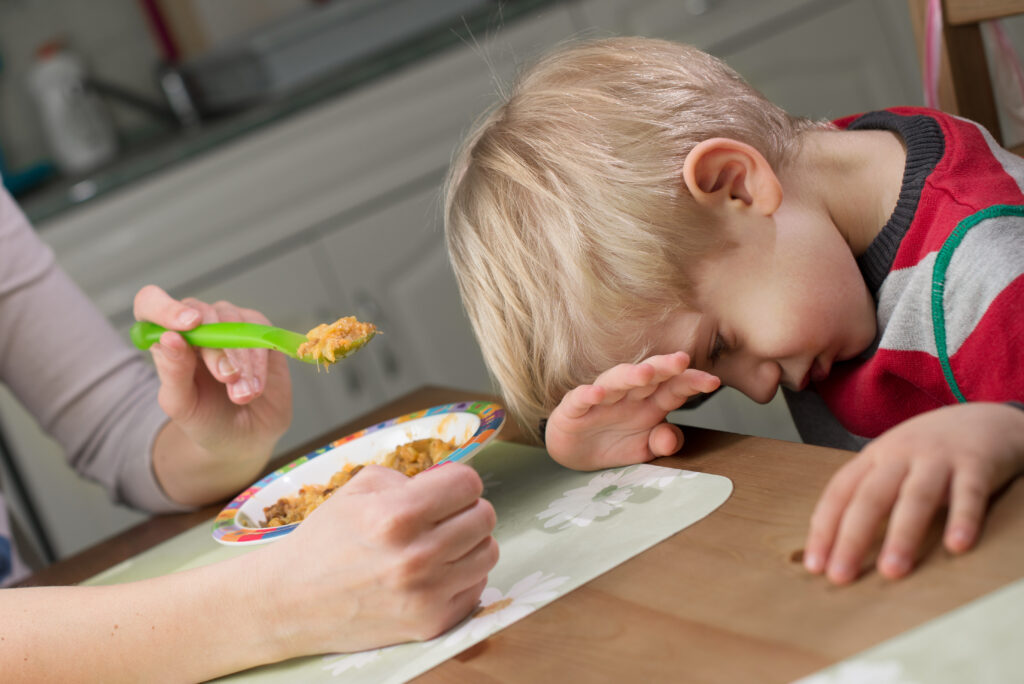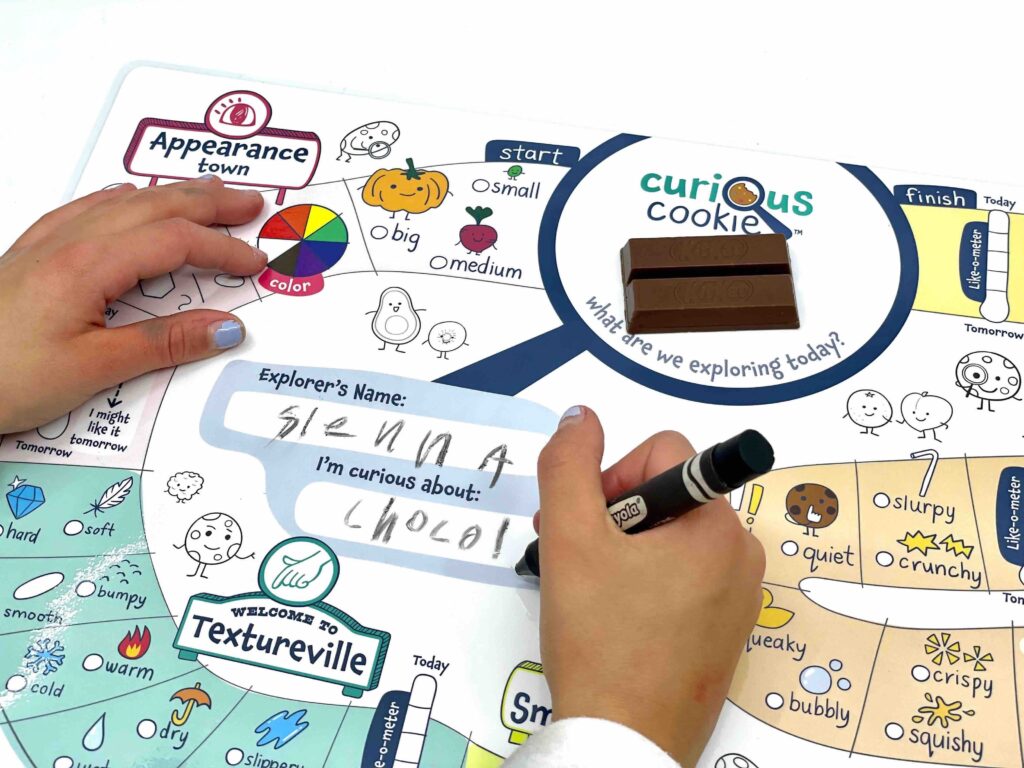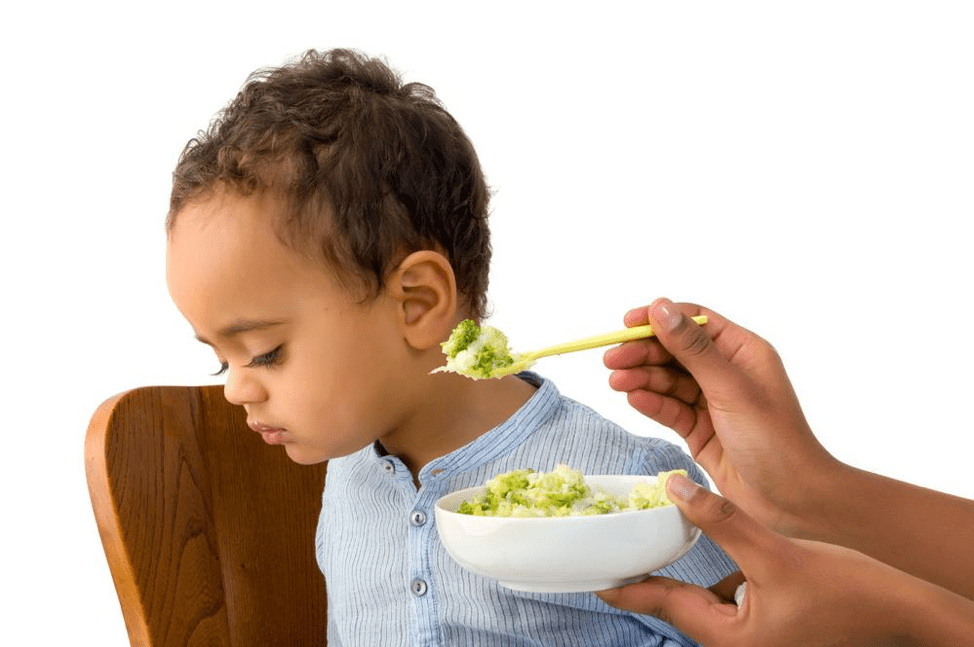Food Neophobia: Unlocking the Journey to Adventurous Eating Habits
When I had my first daughter and witnessed (for the first time) a child who was resistant to eating a reasonable quality of food, I was stumped. How could I, someone who loves food beyond words, have a picky eater?
Then I discovered that my daughter had a fear of foods – and that there was a technical term to describe this behavior. This phenomenon is known as food neophobia, and it can significantly impact one’s diet and overall health.
In a world abundant with culinary delights and diverse flavors, it’s astonishing to think that many individuals, both children, and adults, struggle with a seemingly irrational fear of trying new foods.

The Root of Food Neophobia
Food neophobia refers to the aversion to new or unfamiliar foods. While it’s natural for humans to show some caution towards unfamiliar items in their environment, this behavior can become particularly pronounced when it comes to food.
The Evolutionary Connection
- Evolutionary Heritage: Some experts suggest that food neophobia could be a remnant of our evolutionary history. In the past, consuming unknown foods could have posed a survival risk, leading to an instinctive preference for familiar and safe options.
- Developmental Stage: Food neophobia is particularly common in young children, often manifesting between the ages of 2 and 6 as part of their natural development. Children may be more cautious of new foods as they learn to assert their preferences.
- Cultural and Environmental Factors: Family and cultural influences play a significant role. If a child is raised in an environment where a limited range of foods is offered, they are less likely to develop a broad palate.
Consequences of Food Neophobia
Beyond the Plate
Food neophobia can have far-reaching consequences, affecting not only one’s nutritional intake but also social interactions and overall well-being. A diet restricted to a few familiar items can lead to deficiencies in essential nutrients, impacting physical health. Furthermore, picky eating may cause stress and frustration within families and social circles, potentially isolating those who struggle to participate in communal meals or events.
Strategies for Overcoming Food Neophobia
Nurturing Adventurous Eating Habits
- Gradual Exposure: The cornerstone of overcoming food neophobia is gradual exposure. Start by introducing small amounts of unfamiliar foods alongside familiar ones. Over time, increase the proportion of new foods to help desensitize the fear.
- Positive Role Modeling: Children are more likely to try new foods if they see adults and peers enjoying them. Be a positive role model by displaying enthusiasm for diverse foods and flavors.
- Incorporate Familiar Elements: When introducing new foods, consider incorporating familiar ingredients or flavors. For instance, blend unfamiliar vegetables into a favorite pasta sauce or mix them with a well-liked dish.
- Interactive Cooking: Involve picky eaters in meal preparation. Children and adults alike may be more inclined to try new foods if they have a hand in creating the dishes.
- Food Exploration Games: Turn trying new foods into a game. Blindfolded taste tests, “food adventures,” and rating systems can make the experience enjoyable and less intimidating. That’s why the Curious Cookie Food Adventure Mat and Mealtime Fun Cards work so well.
- Offer Choices: Provide a sense of autonomy by offering choices within a set of healthy options. This can help individuals feel more in control and willing to experiment.
Food neophobia is a natural response rooted in evolution and development, but it doesn’t have to be a permanent barrier to a diverse and nutritious diet. By understanding its origins and implementing practical strategies, individuals of all ages can gradually overcome their fear of new foods.
Embracing a variety of flavors and textures not only enriches our culinary experiences but also promotes better health and fosters positive social connections. Remember, patience and persistence are key when embarking on this journey of adventurous eating habits.
Wish your child tried more foods?
If the begging, bribing, and negotiations aren’t resulting in your child trying to eat more foods at lunch and other meals, consider another (better) approach. Remember that control is a big reason why kids resist trying new foods. They want to show you that they are in control.
That’s why I designed the Curious Cookie Food Adventure Mat. It takes your child on a fun food exploration journey that they can follow step-by-step (and on their own). The result: children (even the pickiest eaters) are trying more new foods faster.
If you have a child between the ages of 3 and 10 years old, who you’d like to see trying more foods at lunch, the Adventure Mat is exactly what you need. Use it any time of day, and anywhere.







